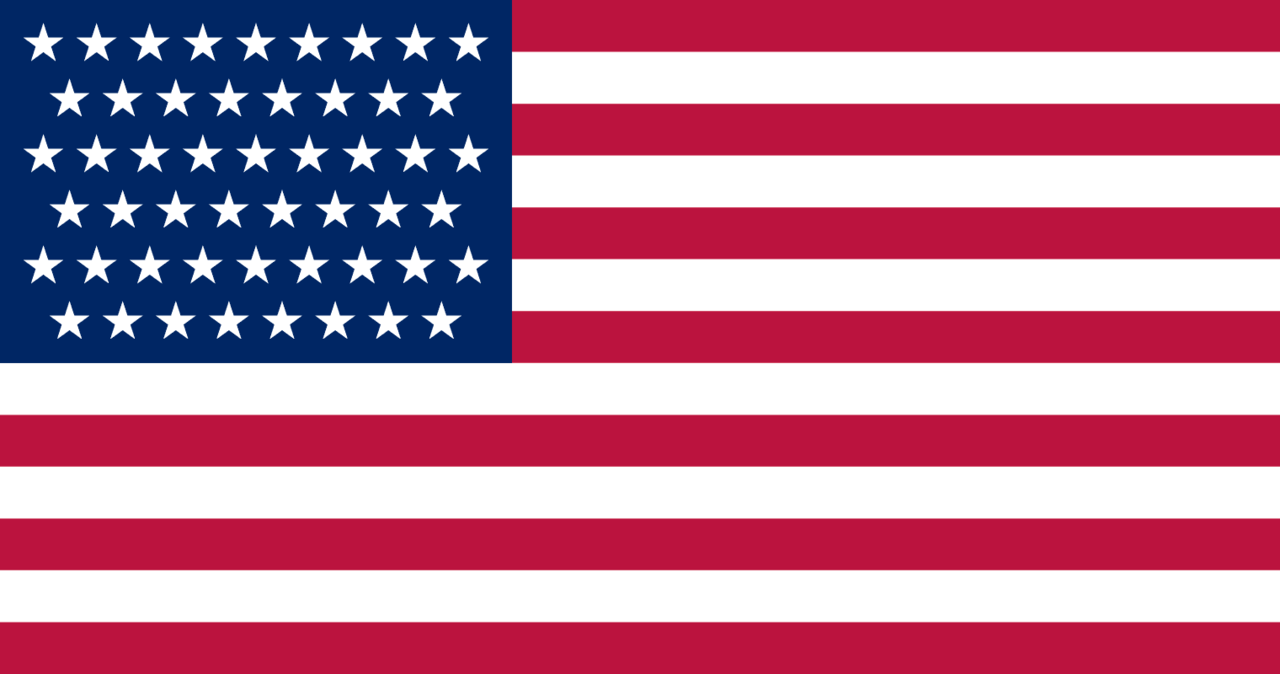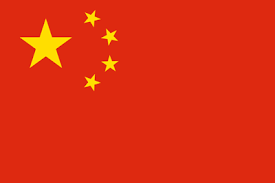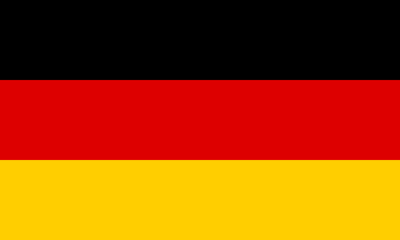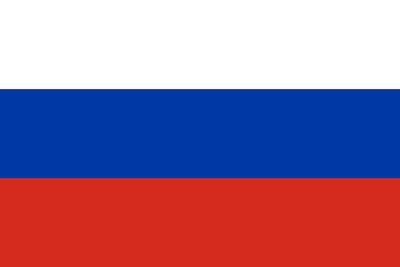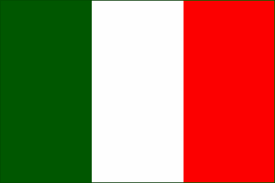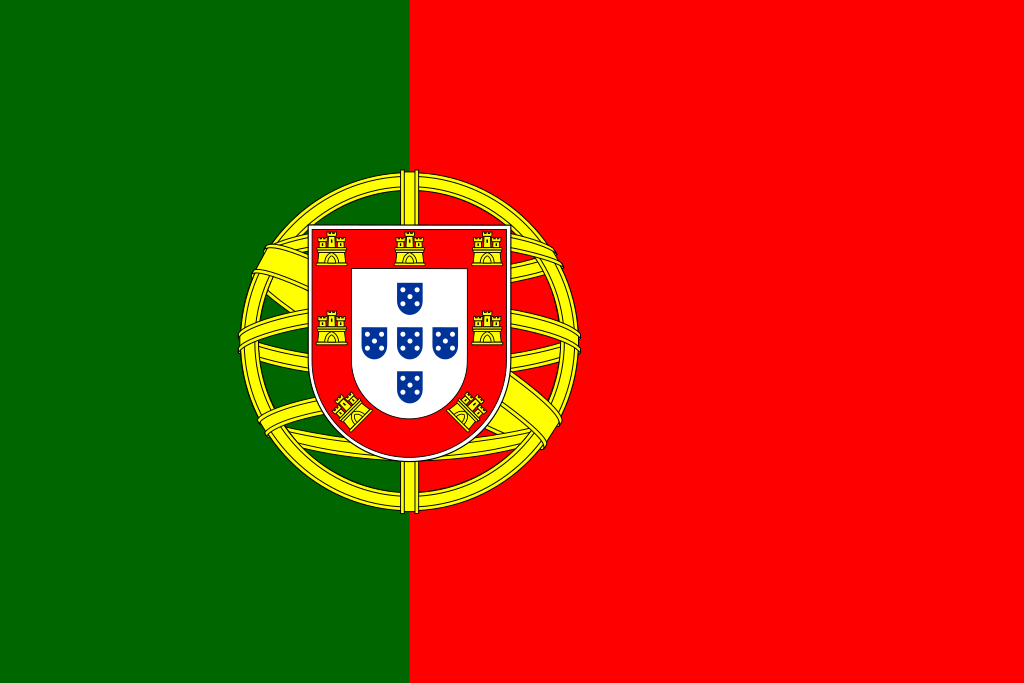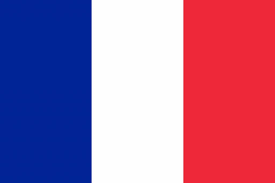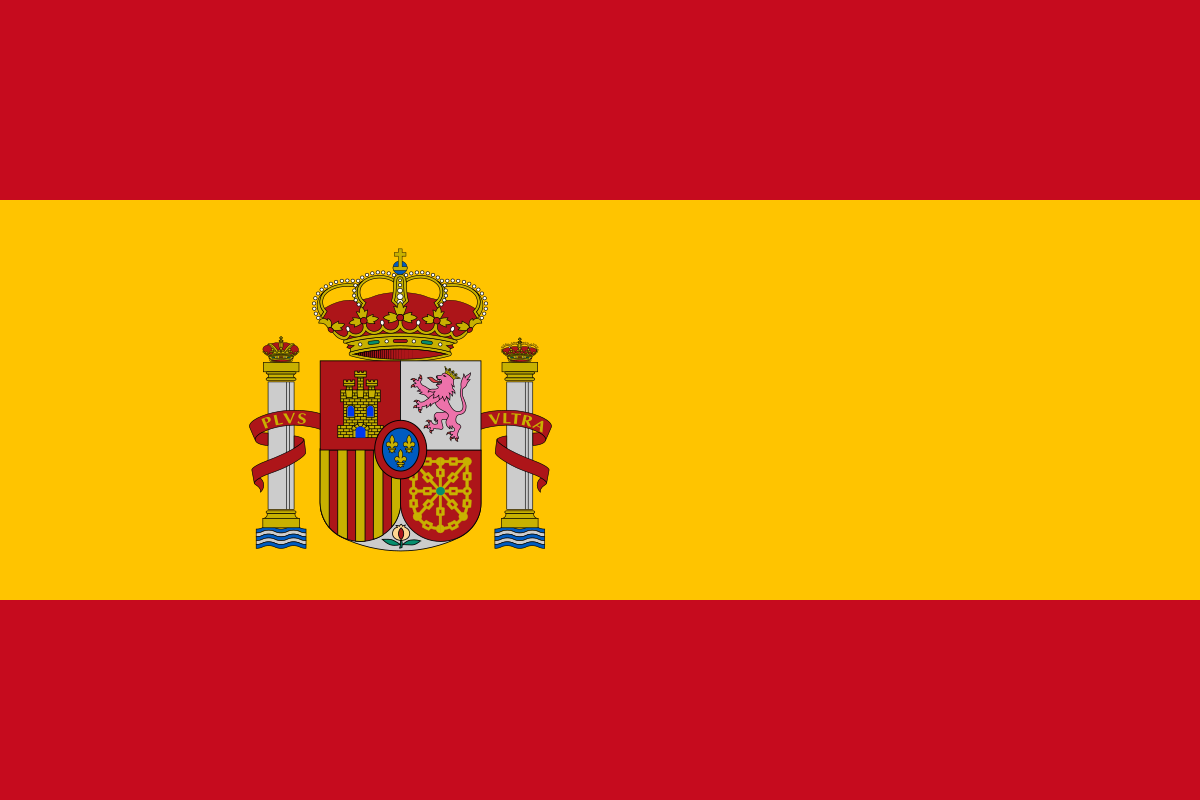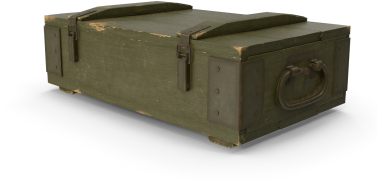While the 8th Infantry Regiment was fighting for Sainte-Mère-Église to link up with the 82nd Airborne Division, after a 7-hour walk through the swamps behind Utah Beach on June 6th , the 1st Battalion of the 22nd Infantry Regiment of the 4th Infantry Division reached finally “Road S9” also known as “Causeway 4” then spent the night near Saint-Germain-de-Varreville.
Note: “A” Company took 113 prisoners during the walk.
Boys of the 4th Infantry Division guarding German prisoners in the Sainte-Mère-Église area.
On June 7th the advance was resumed and found the battalion along a line north of Bas village de Dodainville before 1000am as follows: “B” Company on the right from the swamp to the road, “A” Company on the left of the road and “C” Company was in reserve.
All of the sudden boys found themselves under a heavy German artillery and machine gun fire. Without to know it they were in contact with the outposts of the 210mm gun position of Crisbecq but the enemy withdrew and by 1100am the village of Saint-Marcouf was secured.

Positions were taken along the road leading to the German artillery emplacement, mortars, guns, machine guns, everything able to fire a bullet or a shell was used and poured onto the 1st Battalion. “A” and “B” Companies didn’t have any weapon to assault the fortified area, only rifle and hand grenades which were useless against 6-foot concrete walls.
“C” Company organized into assault sections was ordered to reduce all of the oppositions between Saint-Marcouf and the artillery position and while moving, Germans counterattacked on the left flank. To prevent boys of “C” Company to be pinned down, 1st Lieutenant Bernard Sheehy and his 3rd Platoon (“B” Company) moved to the left flank but was stopped at coordinates 367037 (see map below) by enemy personnels and at least one tank.
In the meantime, Lieutenant-Colonel Sewell M. Bromby , Commanding Officer of the 1st Battalion was wounded and turned the command over to Captain Tom Shields from “A” Company, pending an arrival of Major James E. Nearl , Executive Officer.
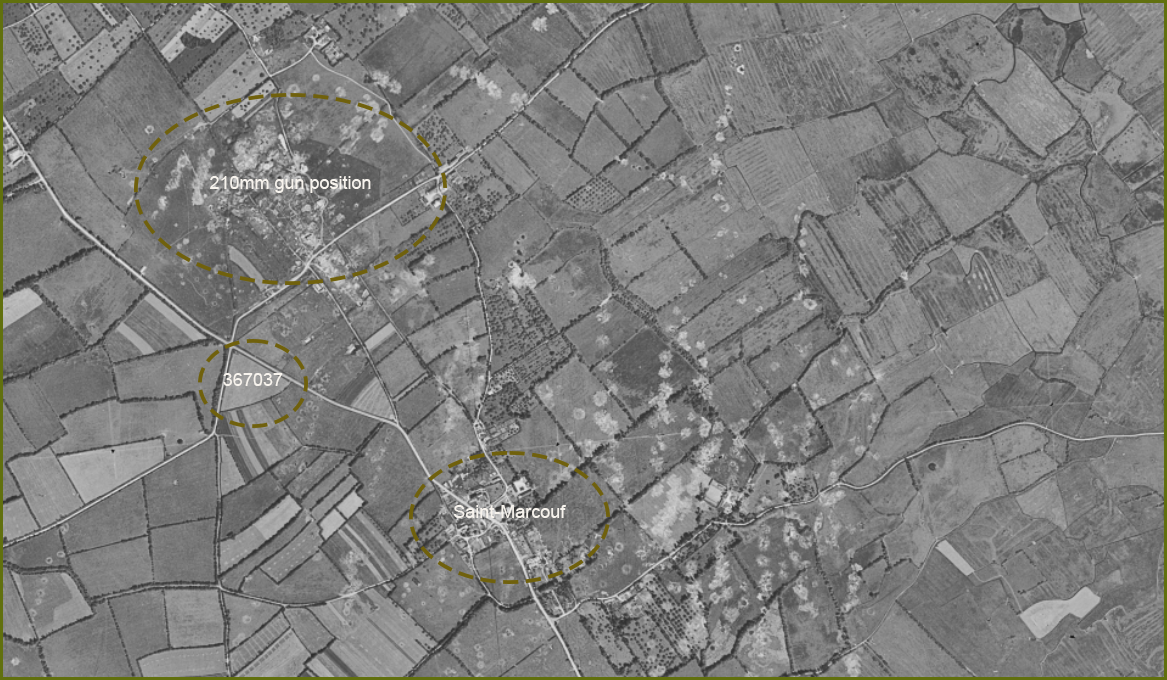
©2024IGNMap.com
Realizing that the boys were too much closer of the 210mm artillery position, Captain Shields gave the order to everyone to withdraw at 0400pm. Considerebly disorganization resulted from this movement as the enemy was using everything he had. Lieutenant-Colonel Gino Valenti (AAR Spelling) and nineteen men of “A” Company, were just lost in this withdrawal.
These had been on the extreme left flank and it is assumed that they were captured, nine of their bodies were found subsequently when the position was taken. A mixed platoon wandered as far as the beach which at that time was completely in enemy hands and well-fortified. Here they captured one hundred and thirty-one Germans and returned with them to rejoin the battalion during the night. On the way they found Lieutenant Toller (AAR Spelling) wounded and brought him in.
The 1st Battalion withdrew to Saint-Marcouf and even further back to the original line of departure. The enemy shelled the boys the all night, in the early hours of the 8th “C” Company was still in lead while “A” Company was completely gone.

Unfortunately everything had to be remade again. The Germans reoccupied the village of Saint-Marcouf during the night, and the same order of attack was made at 0130pm. But this time the idea was to completely wipe out the enemy by all means. When the attack jumped-off at 0130pm, naval, mortar and artillery fire barrage was poured on the village and on the 210mm gun position for twenty minutes. Only a sniper hidden in the church steeple gave trouble, this was taken care of with an incendiary grenade.
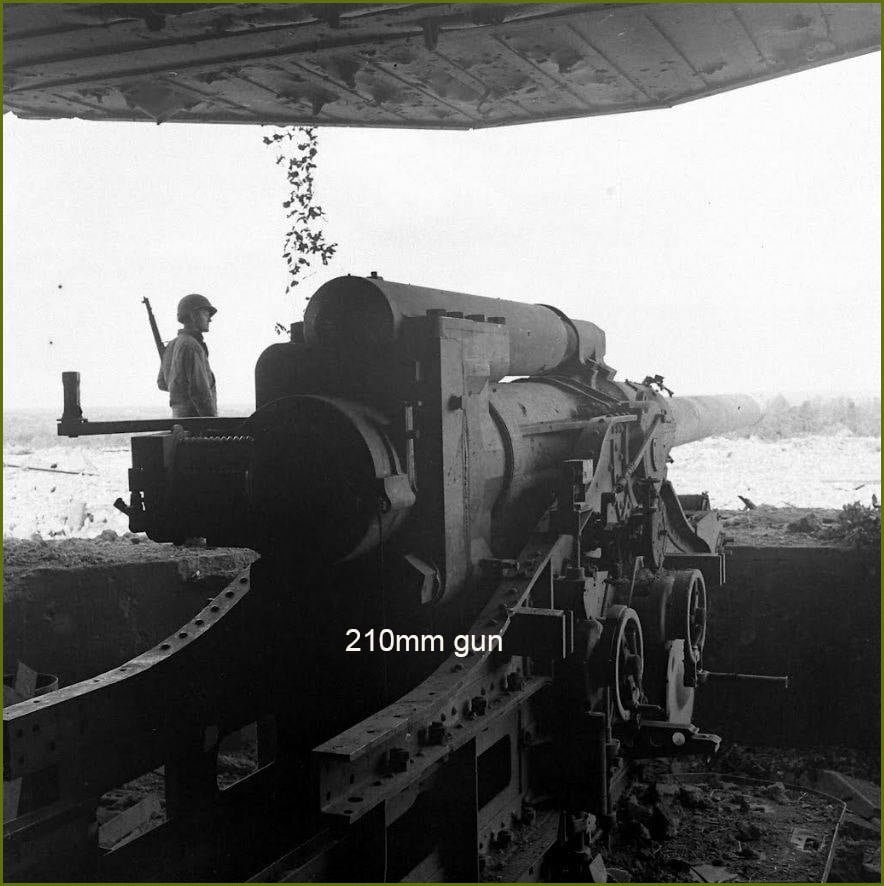
The infantry assaulted the gun position by moving under the cover of the shelling by staying 200 yards away. This strategy turned to be very sitisfaying as very few losses were reported when they reached the first pillboxes.
Note: When the second attack upon the enemy fortification took place, medics found fifty boys of the battalion laying in a single field. All killed.
When the boys reached the 210mm gun position, "A" and "B" Companies were used on the flanks to cover the progression of "C" Company which advanced in the center, runnning through the trenches with their bayonet. These trenches were connected most of the enemy pillboxes together and four of them were knocked out. In the meantime the entire battalion was under enemy mortar and gun bombardements coming from the other main enemy position of "Azeville" located 2 miles west. Nevertheless the first 210mm gun emplacement has been silenced.
"A" and "B" Companies encountered most of the casualties, "A" Company lost it's commander, two officers, nineteen enlisted men. Major Barney K. Neal, Executive Officer of the 1st Battalion was also wounded. Most of the 1st Battalion's officers were wounded, the heavy weapons were lost, being shaken, shot up and as the enemy pressure at the west was increasing Major Neal gave the order to withdraw. Unfortunately it was the same outcome as the previous day, companies were desorganized, everyone got separated.
Once the withdrawal was accomplished, the 1st Battalion reorganized itself in a orchard north of Dodainville. The outfit lost half of it's strength, morale was low and the feeling among the boys spread out like the flu " The invasion is a failure".
The men of the 22nd Infantry Regiment made unsuccessful attacks on Crisbecq and finally decided to bypass it on the left. They headed north toward the village of Ozeville on the 10th of June.
Note: Lieutenant Gino Valenti paid the ultimate sacrifice on June 17th, 1944. He is buried at Arlington National Cemetery, Virginia




